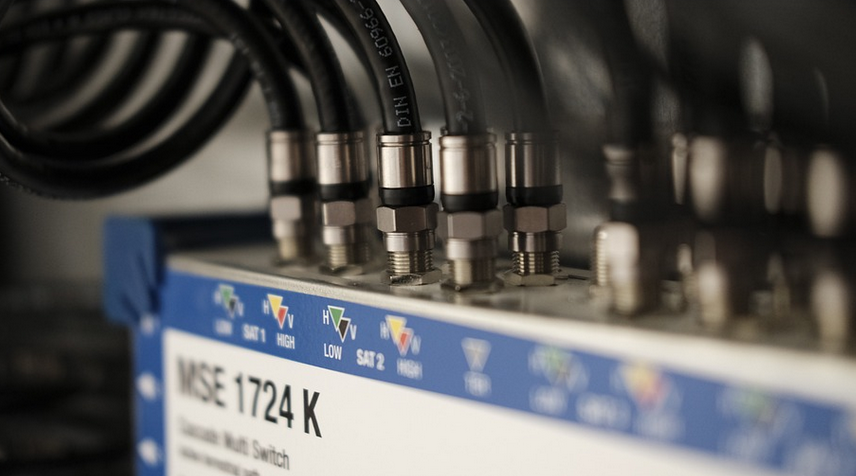A Deep Dive into the Allison 2000 Transmission’s Fluid Needs
You’ve got a big rig, hauling heavy loads across the country. It’s your livelihood, your pride and joy, but keeping it running smoothly requires more than just knowing how to shift gears. One vital aspect is understanding your Allison transmission fluid capacity. Let’s dive into this critical topic!
The Allison 2000 transmission, a workhorse known for its durability and performance, relies on the right kind of fluid to keep everything running like clockwork. Whether you’re a seasoned trucker or just getting started in the world of heavy-duty trucking, knowing your transmission’s fluid needs is crucial. It ensures optimal gear shifting, prevents wear and tear on vital components, and ultimately leads to fewer breakdowns and more productive journeys.
The Allison 2000 utilizes a unique internal design that minimizes friction and maximizes power transfer. But just like any machine, it requires the right kind of nurturing through regular maintenance and proper fluid changes. Understanding your transmission’s fluid capacity is fundamental to this process.
Why is Fluid Capacity Crucial?
The fluid capacity of an Allison 2000 transmission plays a critical role in ensuring optimal performance. It dictates the volume of hydraulic fluid needed for various operations, influencing things like gear shifting smoothness, torque output, and overall lifespan of your transmission.
To begin with, fluid capacity directly impacts how frequently you’ll need to top up the transmission. Understanding this helps you build a consistent maintenance schedule that supports optimal performance. If you tend to run your truck hard and often, you might find yourself needing to add more fluid than someone who uses their vehicle for light hauling.
Fluid type is also crucial here. Using the wrong kind of fluid can lead to several problems, including premature wear on transmission components like clutches and bands, increased friction within the gearbox, and even major damage down the line. It’s vital to use the recommended Allison-approved fluids for optimal performance.
Another reason why knowing your fluid capacity is essential is its impact on the overall lifespan of your transmission. A low fluid level can lead to overheating and potential damage, while an excessive amount might mean inefficient operation and premature wear on seals and gaskets.
The Allison 2000 Transmission Fluid Capacity: A Breakdown
To get a complete understanding of your transmission’s fluid capacity, here is a general breakdown:
- The Allison 2000 uses a unique hydraulic fluid, specifically designed for its robust operation.
- This fluid typically holds around 5.5 quarts or 5.6 liters, allowing for smooth shifting and optimal performance throughout the vehicle’s lifespan.
- The exact amount may slightly vary depending on your specific model of Allison transmission. Always refer to your owner’s manual for the most accurate information.
Understanding Your Manual: The Importance of Checking Fluid Levels
It’s crucial to remember that regular maintenance is key to ensuring your Allison 2000 transmission stays in top shape. Checking fluid levels regularly, even with a pre-determined fluid level, helps you stay ahead of potential problems.
The best way to do this is by using the dipstick provided in your truck’s engine bay. It offers an easy and convenient method for checking the transmission fluid level and ensuring that it’s within the appropriate range. A simple visual check will let you see the fluid level, allowing you to adjust it if necessary.
Remember: If the fluid is significantly low or has an unusual color or smell, consult your mechanic immediately. They have the expertise to perform a deeper inspection and ensure that your transmission stays in optimal condition.
The Big Picture: Why Fluid Capacity Matters More Than You Think
Understanding your Allison 2000’s fluid capacity is much more than simply knowing how much fluid you need to add. It impacts not only your daily driving but also the long-term health of your truck. Here are some key reasons why this information matters:
* **Smooth Shifting:** Proper fluid level ensures smooth gear changes, reducing wear and tear on transmission components like clutches and bands. * **Optimal Performance:** The right amount of fluid helps maintain optimal power transfer between the engine and the wheels, enhancing overall performance and fuel efficiency. * **Preventing Overheating:** A low fluid level increases the risk of overheating, leading to damage to seals, gaskets, and other vital components. * **Prolonging Lifespan:** Regular maintenance with proper fluid levels contributes significantly to a longer lifespan for your transmission.
The Importance of Consistency: Maintenance Schedule is Key
Consistency is key when maintaining an Allison 2000 transmission. Establishing and adhering to a regular maintenance schedule, including fluid changes, helps you avoid potential problems down the line.
A well-maintained transmission ensures smooth operation, optimal performance, and minimal downtime. It’s like giving your truck a tune-up—it sets it up for success in any challenging terrain or situation – but remember that proper maintenance requires more than just checking fluid levels. Regular service checks at certified repair shops should also be part of your routine to keep your transmission in peak condition.
By understanding and utilizing the Allison 2000 transmission fluid capacity and practicing consistent maintenance, you can ensure that your big rig keeps running smoothly for years to come. It’s an investment in your truck’s longevity and ensures a smooth-sailing journey through any terrain or challenge.



